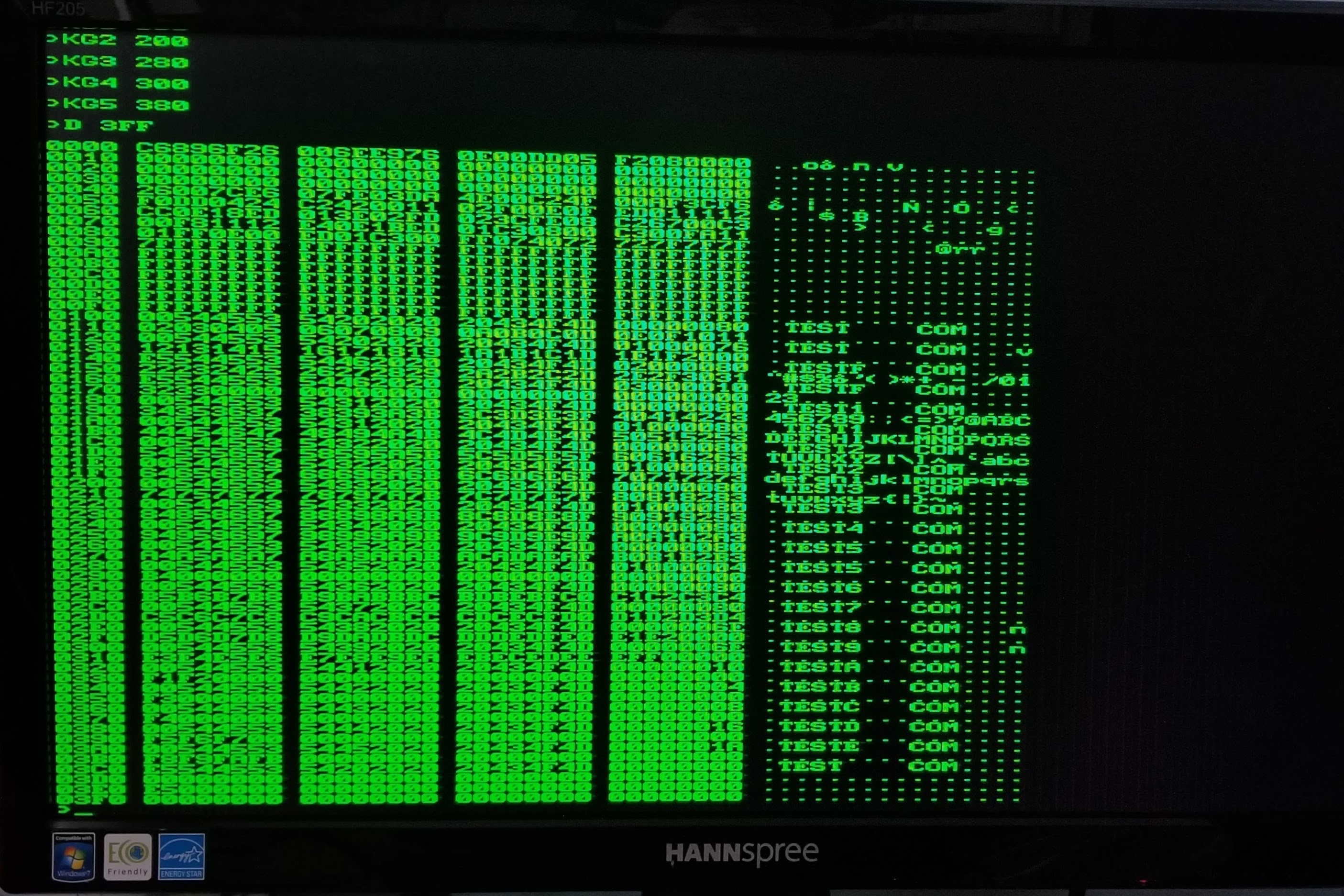An unofficial goal of 2021 was to get CP/M 2.2 running on the Novasaur. I'm close enough to officially claim that goal had been achieved... with less than 48 hours to go!

This isn't the final configuration though; CP/M is running alongside the kernel on CPU 1 and is started by calling the CCP at 0xE200. This is temporary since the goal is to have CP/M run in its own CPU instance. In fact, the plan is to have two instances of CP/M running: One with console IO and the other with serial IO.
For now the initial BIOS development is being done alongside the kernel and system monitor for debugging. That debugging took the vast majority of the time, but ironically not as part of the BIOS development.
There were still a few bugs in the 8080 virtual machine. Not every instruction is being used by the monitor so there were still a few that were not fully tested. These caused some strange behavior in CP/M and proved very challenging to identify. The fixes were usually simple, but figuring out what was broken involved extensive reverse-engineering of the CP/M BDOS and CCP.
There are a couple of minor issues remaining: Saving large files can result in an error and if an invalid disk is selected the system gets stuck with that invalid disk selected (as can be seen above). These should be fixable with some additional error handling in the BIOS though.
Only the A: drive is working right now, so the next stage of development is to add the B: drive. This is a read-only drive mapped to the 64k cold-storage area of the ROM. The plan is to store the following CP/M tools and utilities there:
- CPM.SYS (6k) - CCP/BDOS/BIOS (loaded by boot loader).
- STAT (6k) - Lists the number of bytes of storage.
- ASM (8k) - Loads the CP/M assembler and assembles.
- DDT (5k) - Loads the CP/M debugger into TPA and starts execution.
- PIP (8k) - Loads the Peripheral Interchange Program.
- LOAD (2k) - Loads command from Intel HEX machine code format file.
- DUMP (1k) - Dumps the contents of a file in hex.
- SUBMIT (2k) - Submits a file of commands for batch processing.
- XSUB (1k) - Extension to submit command.
- ED (7k) - Loads and executes the CP/M text editor program.
- MBASIC (8k) - Microsoft BASIC-80 for CP/M
- XMODEM (5k) - Used for File transfer over serial.
The example above shows the B: drive being selected, but this currently maps to the A: drive with the same directory. This directory is shown below by using Kernel GET commands to copy the first six records from the A: drive to the memory locations 0x0100-0x03FF.

This example shows several test files created using the CCP's SAVE command. The speed to save data was measured at around 6k bytes per second, so the largest file would take up to 10 seconds to save to the disk. Not that fast by today's standards, but perfectly reasonable for the late 70's!
 Alastair Hewitt
Alastair Hewitt
Discussions
Become a Hackaday.io Member
Create an account to leave a comment. Already have an account? Log In.